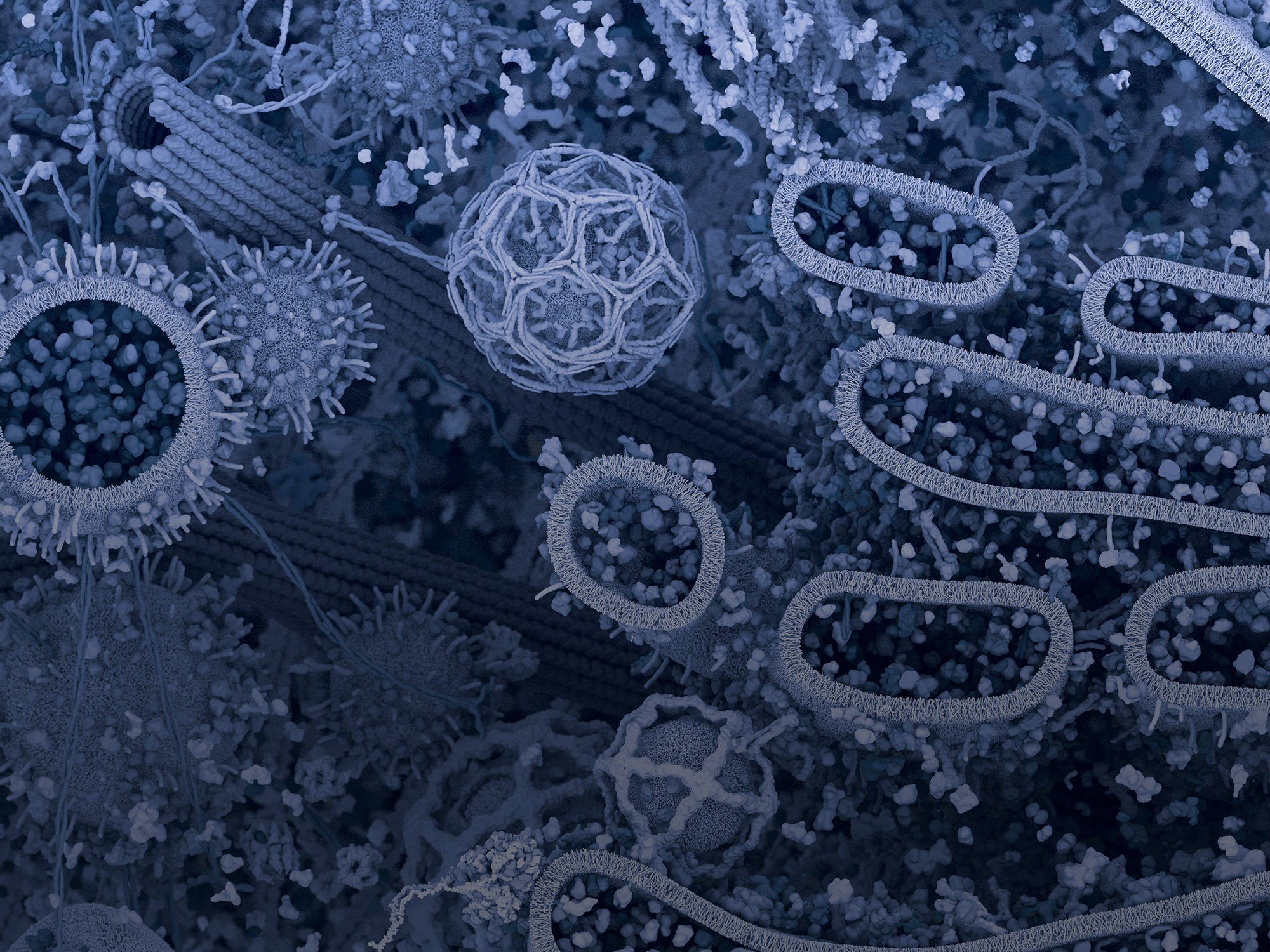Introduction
You're a confocal maestro, playing the lasers and the filters and the gain settings like a Stradivarius to generate those eye-catching, data-filled images that turn your peers green with envy. You sit back, work a cross-word puzzle, and watch with confidence while the red and green lights dance down your screen. But what happens when you reach the slide with that random treatment your advisor insisted you include (over your sound objections) . . . and you find your favorite cytoplasmic protein homing into the nucleus like the graduate students after free pizza?
You'll make a bee-line for your advisor, thinking "I may have to eat a little crow, but it's totally worth it." And, right as you're about to knock on his/her door it will hit you - oh, no! - I'm going to have to figure out how to do ChIP.
Don't worry - we can help!
Chromatin Immunoprecipitation (ChIP) is used to examine interactions between protein and DNA within the natural chromatin context of the nucleus. ChIP experiments first require fixing the cells, which cross-links the protein-DNA interactions into place. The chromatin is then broken into fragments and an antibody is used to immunoprecipitate the protein of interest along with any bound DNA. Finally, the cross-linking is reversed and the precipitated DNA is purified. The purified DNA can be subjected to further analysis, such as standard or real-time PCR, microarray, or sequencing.
These experiments are sensitive to the integrity of the chromatin, the quality of the protein epitope and the specificity of the immunoprecipitating antibody; and these variables become even more critical when the protein-DNA interaction under investigation occurs rarely or is unstable.
Step 1: Taking control – Good controls ensure consistent, reliable results.
Adding positive and negative control antibodies to your experimental protocols allows you to have confidence that your assay is working properly and that your results are reliable.
Positive Controls
Many commercially available kits are supplied with an antibody to Rpb1 (the largest subunit of RNA polymerase II), for use as a positive control antibody. However, Rpb1 is only bound at sites of active transcription, so if your locus of interest is an inactive site, Rpb1 will actually act as a negative control. CST recommends using Histone H3 (D2B12) XP® Rabbit mAb (ChIP Formulated) #4620. This antibody detects all variants of histone H3 (H3, H3.3, CENP-A), which are bound to all DNA sequences in the genome. Thus, this antibody provides a universal positive control for your ChIP experiments, independent of the activation status of the locus under examination.
Negative Controls
Negative control antibodies, like normal rabbit IgG, do not recognize specific epitopes, and are therefore useful for measuring non-specific binding. For example if the amount of product in the negative control sample is equal to the amount of product in the target-specific sample, then you can conclude that your target-specific antibody is showing non-specific binding or background levels of signal. This result, in combination with a positive histone H3 signal indicates that your chromatin is intact and it is your target specific antibody that is not working.
Step 2: Chromatin preparation – Even the best antibody can’t pull down what isn’t there...available here
View our ChIP Kits & Reagents
Epigenetics & Chromatin Resources
Learn More About ChIP-seq
This is the first of a four-part series on how to improve your ChIP protocol. These posts are adapted from our full-length Guide to Successful Chromatin IP, which you can download by clicking on the button below.




